10 Fascinating Viking Religious Beliefs that Make Them Even More Hardcore
Viking religious beliefs were highly complex due to the intricate mythology involved. Instead of one central god, in the Viking religion, there were many gods and each had their own history and a unique way to pay tribute to them.
Prior to Christianity sweeping the land and converting the Vikings and other Germanic peoples, they had their own indigenous religion in place, but it didn’t have a formal name. Christians called this religion “Paganism” and referred to its practitioners as heathens, but to the Vikings, it was merely a tradition based on myths revolving around various deities. Characters such as Odin, Thor, Freya, and Loki fill old Norse mythology texts.
Norse mythology was treated much like the Christian Bible is, in that it was viewed as a collection of history, parables, and cautionary tales. What Vikings believed was that everything had its place and purpose – there was a deity for practically everything. Their religion was polytheistic, animistic, and pantheistic; in their belief system, even inanimate objects had souls. They held old-world magic in high regard and there were elements of shamanism in their religion. This list explores the key elements of what Vikings believed.
There Were Nine Underworlds
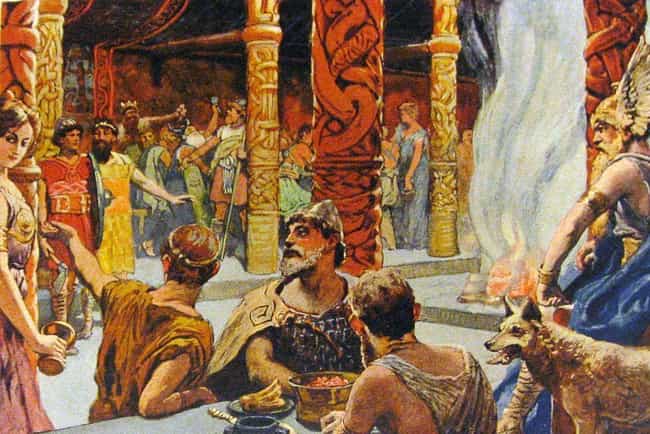
The Vikings believed death was a transition into one of the nine realms that existed alongside them.
The two main places the dead would spend eternity were Valhalla, a place for fallen warriors where banquets were held and Odin reigned, or Helheim, which was filled with those who died “dishonorable deaths.”
A dishonorable way to die for Vikings was illness or old age; only those who died in battle were considered honorable warriors deserving of Valhalla.
Funeral Rites Were Very Important
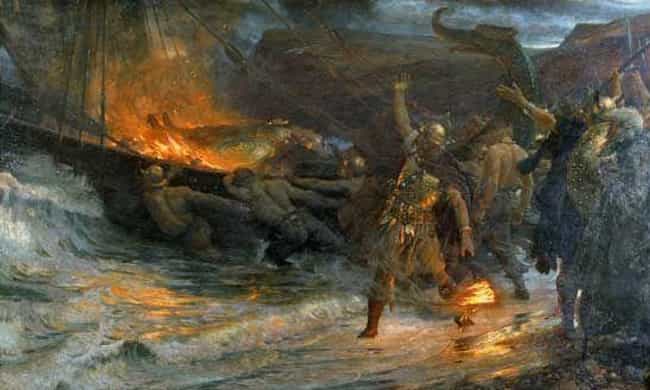
The strong belief in various realms brought with it the desire to take personal objects and companions with them.
Vikings would spend a great deal of time gathering possessions and ensuring the funeral rites for their fallen brothers were the perfect transition into the afterlife.
In the case of chiefs, they’d use a slave girl as a human sacrifice to follow him into his afterlife.
These cremation rituals involved performing sex rites with the woman that was to be sacrificed prior to killing her and cremating her body with the chief.
Ritual Sacrifice Was a Part of Their Belief System
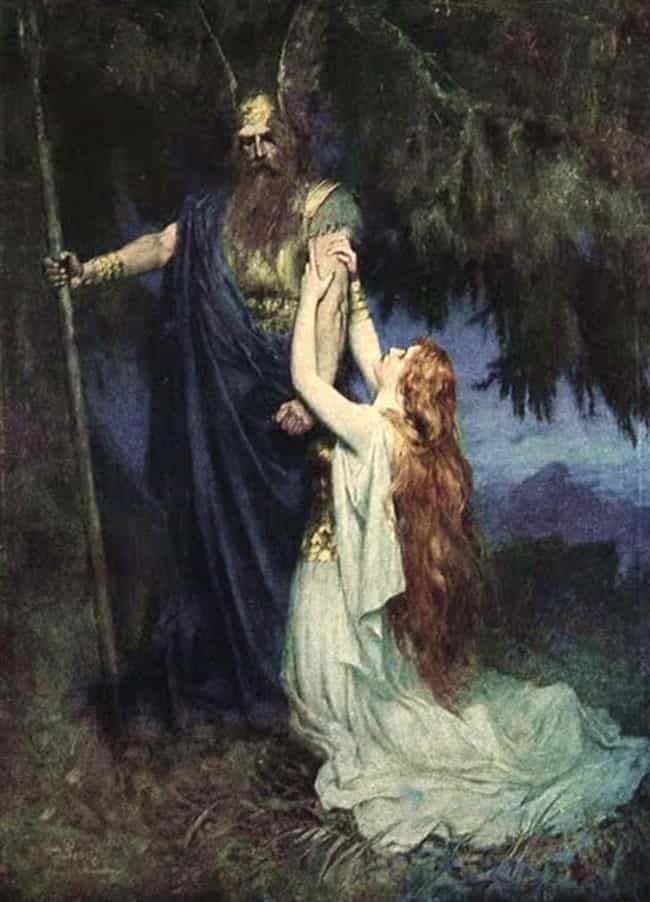
Sacrifice was a way to appease the gods and the offerings could comprise of humans, animals, or inanimate objects.
Human sacrifices were performed at funerals to accompany the fallen into the next world and at regularly occurring religious festivals like Yule.
The Norse god Odin was associated with hanging and strangulation, and it’s believed that Vikings would use those methods in human sacrifices directed to him.
Since Nature Played a Big Part in Viking Religion, Vikings Worshiped Outside
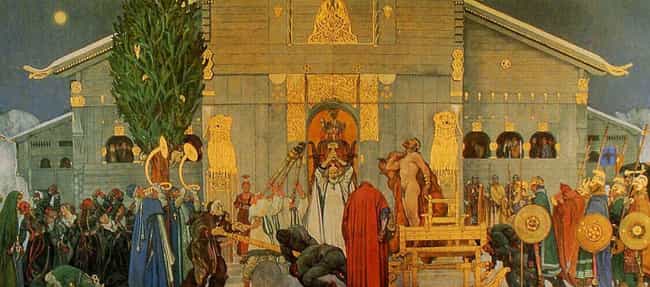
Much like the other Pagan religions, Vikings worshiped their gods out in the elements. Wooded areas with unusual trees, natural landmarks, waterfalls, oversized rocks, or anything in nature with an otherworldly feel would be a worthy place of worship.
There were many gods, but the gods of most importance Odin, the god of knowledge, Freya, the goddess of ruled fertility, and Thor, the god of thunder and a symbol of strength and metalwork.
All of these deities were representations of the aspects of life most important to the Viking people.
They Believed in Giants
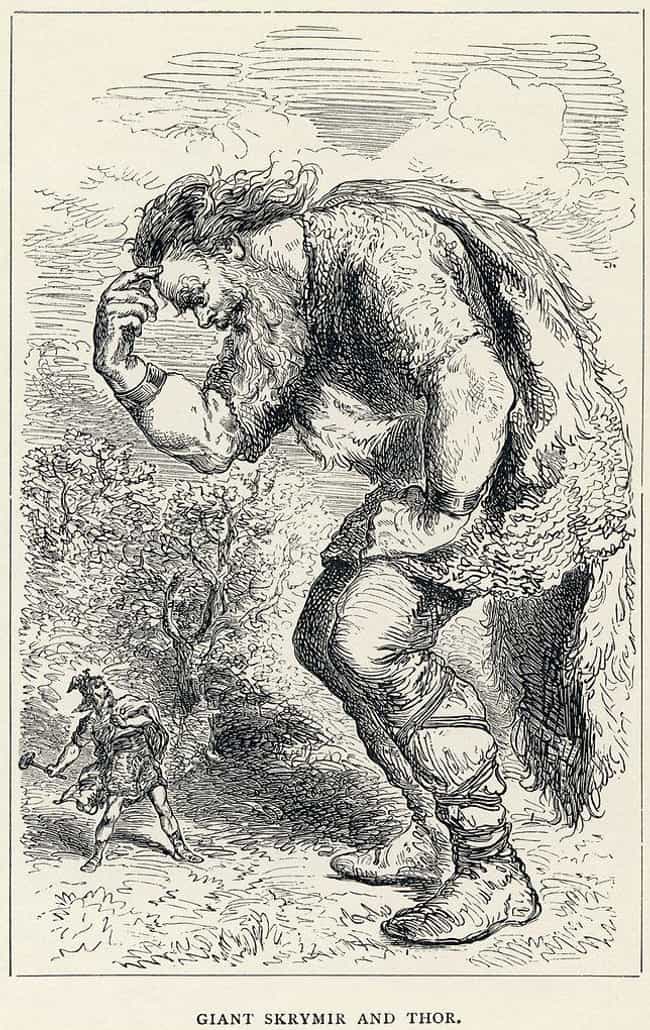
The giants in Norse religion were called Jotun.
The Jotun lived in one of the nine realms known as Jotunheim.
A menace to both gods and humans, these massive forces of nature were too big in size and numbers to destroy so they were banished to Jotunheim by the Norse gods.
Source: Ranker
No comments:
Post a Comment